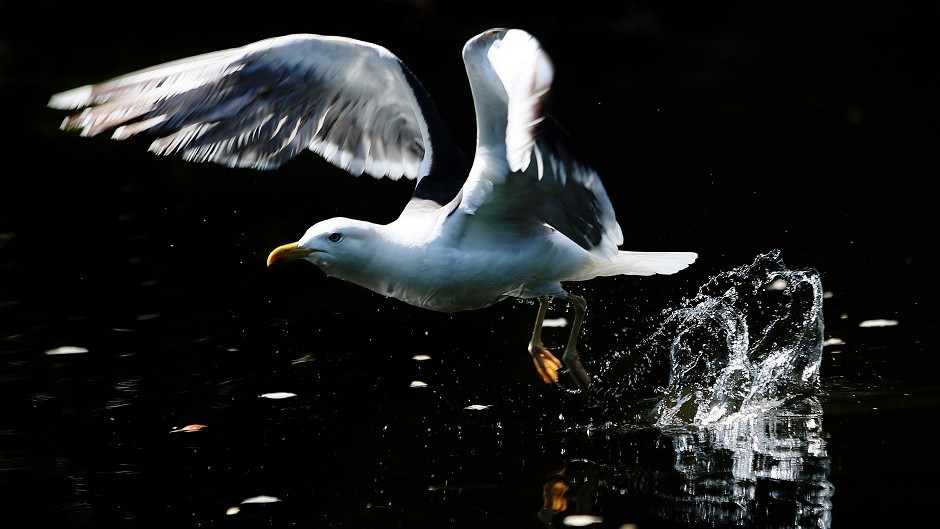Council bosses have produced a “seagull survivor’s guide” to help residents tackle problem birds.
It advises people in Aberdeenshire not to feed the creatures and tips on how to put them off nesting.
The document, titled Survivor’s Guide To Living With Urban Gulls, outlines how to identify a gull, offers details about their mating habits and lists a number of measures aimed at “tackling the nuisance”.
Aberdeenshire Council said troublesome birds had been responsible for noise, mess, property damage – and attacks on people and pets – in coastal towns such as Stonehaven and Peterhead.
The guide is part of a five-year plan, starting this spring, which aims to address the issue.
Tips include avoiding dropping food scraps, fitting spikes to roofs to prevent nesting and arranging to have eggs removed.
The local authority said it did not advocate the culling of gulls or their young and the focus was on deterrents and preventative measures.
It said: “There is no quick fix and control measures need to be kept up for several years to be effective. The key lies in reducing the birds’ ability to breed successfully and limiting the supply of food.”
Peter Argyle, chairman of the council’s infrastructure services committee, said: “Life in town is easy for the birds – some people deliberately feed them and discarded food provides a feast. Our roofs are warm and chimneys provide shelter.
“The best approach is to take action to deter nesting, but the council has no legal powers to force owners to carry out preventative works nor to undertake treatment during nesting.
“We are reliant on the co-operation of owners and occupiers to firstly recognise the issue and then to take appropriate steps as early as possible.”
The guide is the latest in a series of approaches aimed at reducing the problems caused by gulls – some more successful than others.
Last summer a Harris hawk, named Storm, became a laughing stock when he was filmed cowering on a Peterhead rooftop while the gulls he had been hired to chase swooped and dived around him, squawking loudly.
And in 2003, a robot falcon was introduced in Fraserburgh in an effort to scare the birds away. After three weeks the gulls got used to the device and regularly sat happily beside it.
The new document is available online at:
http://bit.ly/GullSurvivalGuide
.
